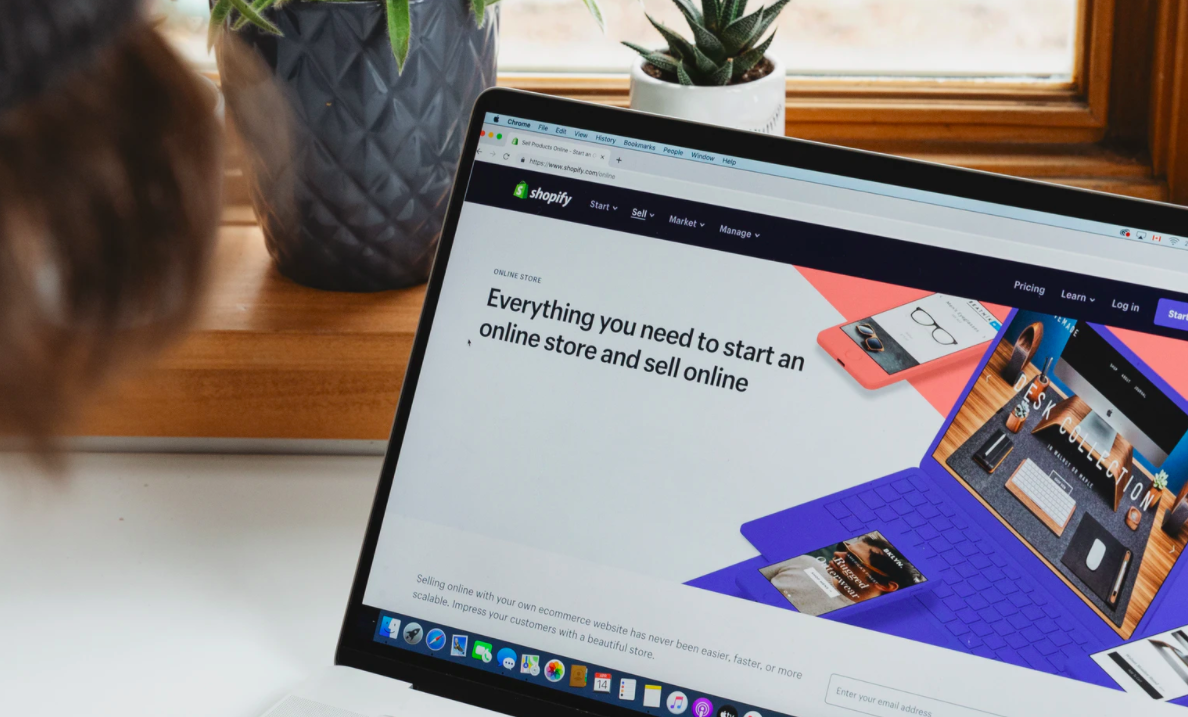Are you creating a website and finding yourself baffled at the complicated lingo you’re expected to know? And not only know, but understand? Sometimes it can feel like a mammoth job just to comprehend what web developers and designers are talking about, much less to put it to good use on your own business website.

So today we have something exciting in store for you. We’ve created a quick and easy guide to some of the most common website vocabulary words. Every business owner should be familiar with these words. It won’t only help you be a better marketer, it will make you confident in your conversation with other business owners, web developers, and marketers.
Landing page
A landing page has one job: converting leads into customers. You’re assuming whoever is looking at this page is ready to purchase. And whether they are or not, all of your marketing energy goes into getting their attention and keeping it.
Landing pages don’t have outbound links because you already have the viewer where you want them. So a landing page is essentially the heart of your business. All of your marketing strategies point potential customers to your landing page.
The elements of a good landing page include:
- Headings and subheadings
- Details on the benefits of your offer
- Reviews from satisfied customers
- A call to action
- And sometimes a short video to pack extra punch.
Homepage
A homepage is different from a landing page in that it is the hub for information about your business. It will include everything from social media links to a link to your “about page” to recent or popular posts from your blog. Like the cover of a book, this page represents your business to its fullest extent. Remember that an abundance of links and smooth navigation is key on a homepage.

Image carousel
An image carousel serves as the eye-catching element of your homepage. It could feature a slideshow of images with links to other areas of your site. Or it could display banners showing off your products or services. The image will change every few seconds, giving your visitors a glimpse of what you offer.
Footer
A quick scroll down your website will bring visitors to the bottom, an area rich with links. This is called the footer. At the footer, a visitor should be able to find any information they desire. Contact information, address (if you have one), and quick navigation links (about page, social media, etc.) should be included here. And don’t forget your copyright, sitemap, and terms of use.
Responsive layout
Not only should your site look great on a PC, but it should look good on a tablet or smartphone, as well. “Responsive layout” refers to how well your website theme translates onto all manner of devices. As you design your site or communicate with the expert you’re paying to do the project, remember to include a responsive layout as a must-have.
HTML
HTML stands for HyperText Markup Language. We aren’t going to teach you how to use it because time would fail us. However, a basic understanding of what it does can be invaluable to cracking open the world of HTML.
So here it is in two sentences. Web pages are made up of all kinds of content: words, headings, graphics, and videos. According to Mozilla.org, “HTML…is the most basic building block of the Web. It defines the meaning and structure of web content.” Pretty simple, right?

CSS
HTML is the foundation of every website. CSS (Cascading Style Sheets) controls things like fonts, colors, and all the aesthetics. HTML defines where the header and the paragraph are on the page, and CSS determines how they look. Is the header in cursive and the paragraph in simple Times New Roman? Is the header in bold and the text in italics? CSS is the tool used to help you set up the text to appear whichever way you choose.
Working in harmony, HTML and CSS can help you create stunning websites that are easy to navigate and pleasing to the eye.
Building your website vocabulary
Expanding your website vocabulary can feel like a daunting task when you’re just starting out. Take it step by step and learn as you go. When you hear a new word, do a quick Google search, and unravel the mystery right then and there. Keep expanding your vocabulary. Your business will be stronger for it.
For more business-enhancing tips, click here to find out why you need to start email marketing today.




